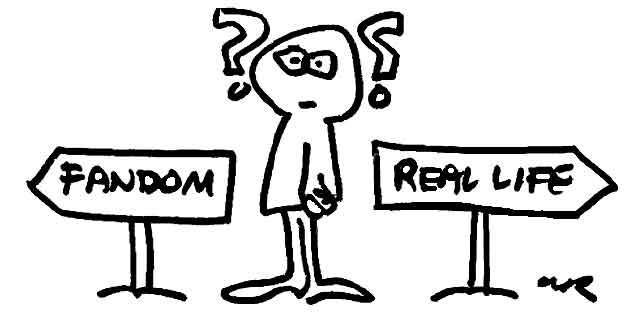Our last Media 1 Lectorial wrapped up on Monday. In the absence of any readings this week, the lectorial was generally a reflection on the course and getting ready for the future of the degree.
We discussed the final reflection, which is due next week (June 3), and were asked to look back on the Course Objectives for Media 1, which are:
Upon successful completion of this course, you will be able to:
-Analyse and discuss media objects in terms of disciplinary frameworks.
-Analyse and evaluate your own learning styles.
-Explore and use a range of production technologies to make media.
-Reflect upon and explain your creative choices in individual and group contexts.
The first point has been well covered with the readings, lectorials and especially the Project Brief 4. The blogs have been a major part in covering the second point: analyse and evaluate your own learning styles, as well as the last, regarding reflecting. If I’ve done anything in this course, it’s reflecting. I think the activities in the workshops definitely encouraged the exploration of a range of production technologies.
I’m sad to see the end of the lectorials as I’ve really enjoyed them. I liked the more informal style of the lectorials compared to normal lectures, as well as the increased interaction and use of technology.






